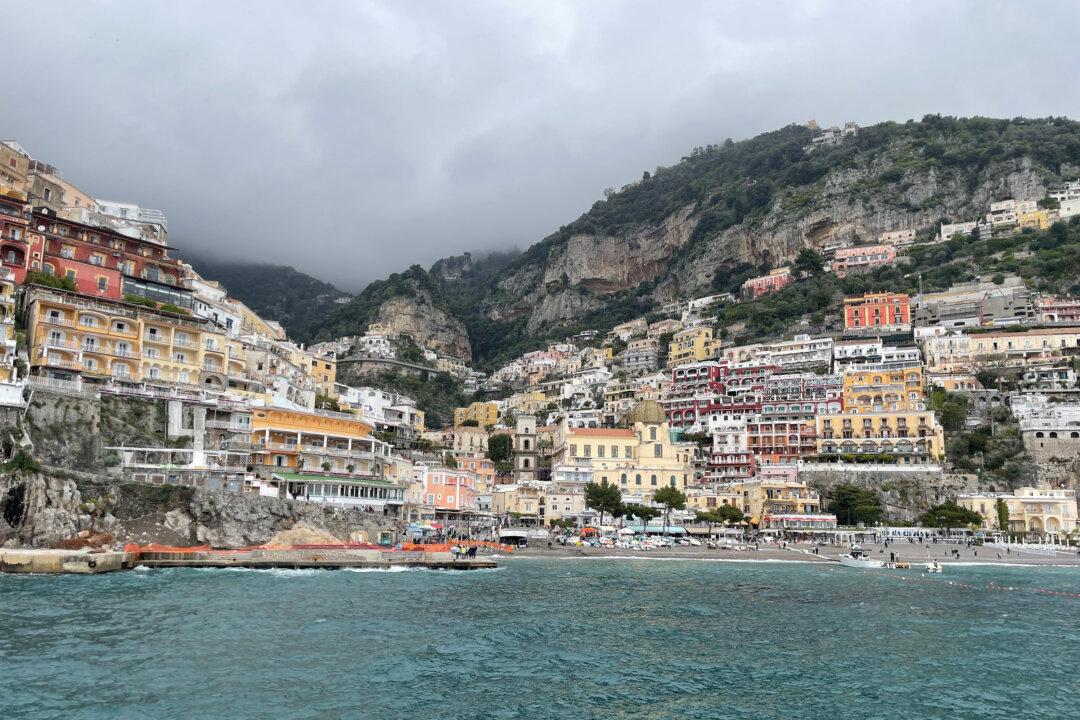St. Paul—During the long, cold Minnesota winter, more than three dozen readers and I had the chance to escape to an unexpected tropical paradise—Sicily and Southern Italy.
I had been to Tuscany before, but the beaches, abundant citrus trees, palm trees and agave and prickly pear plants in the southern part of the country were a welcome surprise, even though temperatures weren’t quite swimsuit friendly.
With that climate comes a cornucopia of always-in-season produce, which makes for the amazing food scene we experienced. In addition, the history and archaeology of the region is mind-blowing and picturesque and the people friendly and animated.
Here’s a rundown of what our merry group of travelers did during a magnificent 12-day stay in the region.
Palermo
If you visit just one place in Sicily, I’d argue Palermo should be it. It’s the capital of the island and is full of history, culture, culinary delights, and beauty—and the little bit of grit inherent in any large city.
After settling into our gorgeous, modern hotel with views of the Tyrrhenian Sea, we were treated to a welcome dinner where we got to know each other and our fantastic tour manager Federico Alvarez a little.
The next morning, we met our local tour guide, Roberta, who would be with us for the three days we spent in this city of more than 600,000 people for a walking tour.
We started our tour outside Porta Nuova, a monumental gate built in the 1500s. It is old, but not nearly as old as the city itself, which was founded in the 8th century B.C. by the Phoenicians.
As Roberta would explain many times, the island of Sicily, with its strategic position and abundant landscape, was occupied by 13 nations before becoming part of Italy.
Its architecture and culture definitely reflect this. There’s an all-are-welcome mentality that is built into the fabric of the community.
As for the architecture, it’s a mishmash of all the nations that have occupied the space, with some buildings sporting Norman, Roman, Spanish, and Italian influences. Sandstone is the primary building material for the really old buildings, and erosion and pollution have worn and stained many of them.
The streets of the historic city center are lined with four- or five-story buildings, all of which have iron balconies, usually adorned with gorgeous hanging plants, succulents and flowers.
We walked past many of them, and the (closed at the time, to our dismay) food market that has been in operation since the 1500s, until we reached the Quattro Canti, one of the city’s main intersections, which features a small square with curved facades on all four of its facing buildings.
Just a few steps away is the quirky, wonderful Piazza Pretoria, which is marked by a central fountain full of mostly nude marble statues. The fountain had originally been designed for a palace in Florence, but was purchased by the city’s Senate in 1573 and transported to Palermo, where it was promptly situated outside of what was then a convent.






